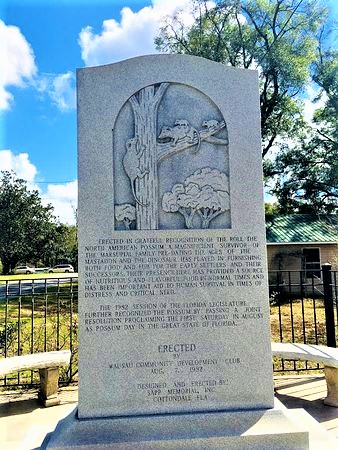
Aging My Way
I got behind the wheel of my car for the first time in over six weeks this morning. It was just a short drive, but after a knee replacement and three stents put into my heart, it was extremely empowering.
While most people I know, find driving, especially in rush-hour conditions, annoying and frustrating, the activity has long been my happy place. I think it began back in 1967 when I bought a 1963 red VW Bug shortly after I went to work for a small local newspaper.
At first, I used it just to get back and forth to work, but then I was promoted from dark-room flunky to reporter, a life-changing milestone that begin my 37-year journalism career.
Over the next four years, I drove that Bug over 100,000 miles to get to and from assignments all over Texas Gulf Coast’s Brazoria County. With five children at home, a lazy husband, and a demanding editor to please, driving in that car was the only alone time I had. Enclosed and sitting behind its wheel, I felt serene and at peace, about the only time I did during that period of my life.

When I moved to Northern Utah, I drove between there and Texas to visit family often, heady with each opportunity to find a different route for the journey. And when I finally retired, I spent nine years driving a small RV, with just a canine companion, all over America. I loved every moment of the 150,000 miles I drove exploring this awesome country. I found beauty everywhere I looked.
At 85, and with poor vision in the dark, I gave up night driving several years back. And I know there is going to come a time when I will have to relinquish my car keys because of my age. But thankfully, that time hasn’t arrived yet.
Oh, and by the way, I paid $600 for that Bug I called Chigger – and sold it for $900 four years later. It’s the best bargain I’ve ever experienced.
Pat Bean is a retired award-winning journalist who lives in Tucson with her canine companion, Scamp. She is an avid reader, an enthusiastic birder, the author of Travels with Maggie available on Amazon (Free on Kindle Unlimited), is always searching for life’s silver lining, and these days aging her way – and that’s usually not gracefully.



















